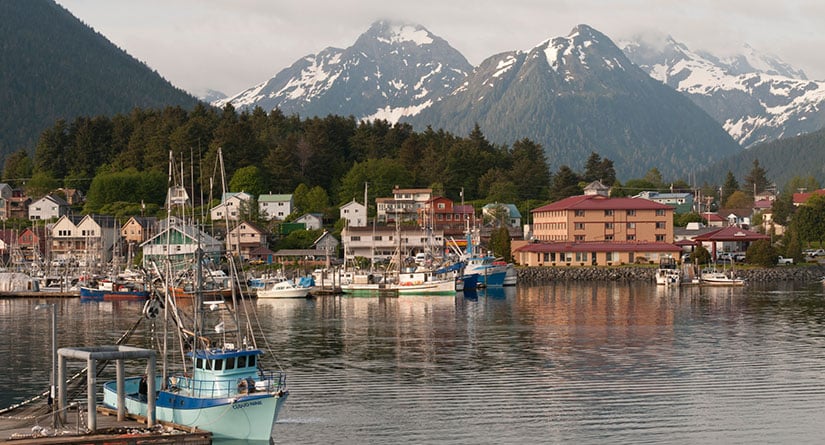Energy to Communities Program: In-Depth Partnerships
Through the U.S. Department of Energy (DOE) Energy to Communities (E2C) program, NLR offers in-depth technical partnerships that support communities in developing abundant, reliable, affordable, and secure energy systems.

What are E2C In-Depth Partnerships?
In-depth partnerships help communities develop a validated plan to put energy ambitions into action and address key energy challenges. Partnerships are composed of local government, community-based organizations, electric utilities, and other key organizations that can represent the community. These partnership teams work alongside national laboratory staff to apply robust modeling and analysis tools and validate hardware in conditions that match communities’ unique contexts. This multiyear partnership allows local decision makers to evaluate and test potential scenarios and strategies before full technology adoption, thereby lowering risks to real-world implementation.
Eligibility
E2C in-depth partnerships accept community teams composed of:
- Local governments
- Community-based organizations
- Utilities.
In-depth partnerships focus broadly on cross-sectoral issues related to energy generation, mobility, and buildings. Energy security, resilience, and disaster preparedness are also considered.
Communities selected for in-depth partnerships are provided:
- A dedicated point of contact within the national laboratory system
- Direct subcontract funding to support staff or consultants
- Facilitation and community engagement support
- Extensive technical support from the DOE national laboratory complex.
Contact
If you have questions about E2C in-depth partnerships, please email E2C.
Sign up for E2C email updates to be notified when program applications open.
Share
Last Updated Dec. 2, 2025

